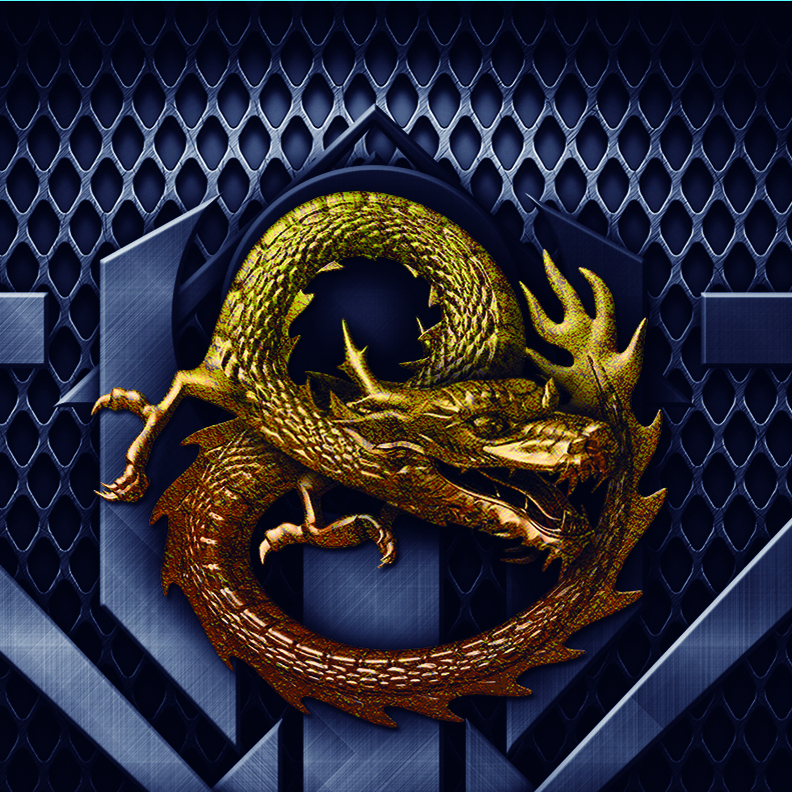Maybe you’ve come across those prompts that have been floating around the internet since 1998 or so: they’re massive lists of things that, supposedly, every writer should know about their character. They start out with some solid information: legal name, nicknames, appearance, where they were born, etc.
And then things get specific. Oddly specific.
Questions like “What would your character give their life for?” and “What does your character think makes a successful love life?” could be good to know, especially if they’re going to be in situations where that comes up. And then there are some questions like “What was your character’s earliest memory?” or “What is your character’s favorite shape of noodle?” that probably won’t come up at all, outside of very specific circumstances.
I don’t know about you, but unless it’s a major part of their identity, I really don’t care what a character’s favorite shape of noodle is.

A lot of people will tell you their ideas of what every writer needs to know about their characters, so here’s mine– and instead of the typical 25/50/100, I’m going to give you an easy number to remember. Three.
- What do they want? This is both in the short term (I’m thirsty; I want a glass of water) and the long term (I want to become a world famous dancer.) Everybody wants something, and as a writer, you should have a clear understanding of at least the short-term desires of every person that appears in your story.
- What is their defining experience? A defining experience is one that shapes who you are, what kinds of things you want, and what you value. It could be a relationship with a particular person, a single moment, or an environment, but it fundamentally altered who they became. For example, Frodo Baggins was shaped by the stories of his uncle Bilbo’s adventures. They instilled in him a craving for adventure and an appreciation for humility and mercy– and those qualities set him apart from every single person he interacted with.
- What changes them during the story? In order to be dynamic, a character must change at some point over the course of the story. In order to do so, you must give them a second defining experience that shapes them in a different way. Staying in Tolkien’s world, I would argue that Gimli was changed when he met (and was smitten by) Lady Galadriel of Lothlorien. It didn’t make him an instant Elf Friend, but after that point he treated elves with far more respect, and was able to cement his friendship with Legolas Greenleaf– and in doing so, rise above the animosity and racism that had existed between their two families since before Smaug took Erebor.
The way I see it, being able to answer those three questions will let you build vivid, dynamic characters– but that’s just my list.
What questions do you think a writer needs to be able to answer when they create a character? Let us know in the comments!



Leave a comment